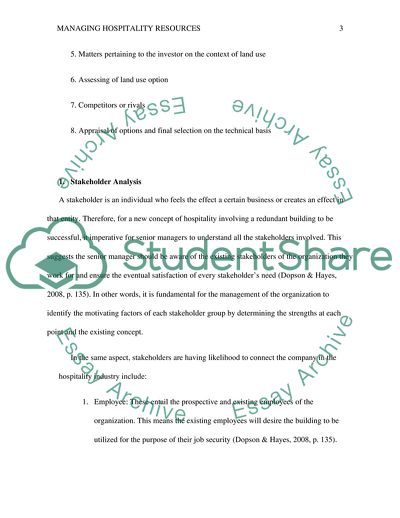Cite this document
(Managing Hospitality Resources Report Example | Topics and Well Written Essays - 1500 words - 1, n.d.)
Managing Hospitality Resources Report Example | Topics and Well Written Essays - 1500 words - 1. https://studentshare.org/tourism/1780277-managing-hospitality-resources
Managing Hospitality Resources Report Example | Topics and Well Written Essays - 1500 words - 1. https://studentshare.org/tourism/1780277-managing-hospitality-resources
(Managing Hospitality Resources Report Example | Topics and Well Written Essays - 1500 Words - 1)
Managing Hospitality Resources Report Example | Topics and Well Written Essays - 1500 Words - 1. https://studentshare.org/tourism/1780277-managing-hospitality-resources.
Managing Hospitality Resources Report Example | Topics and Well Written Essays - 1500 Words - 1. https://studentshare.org/tourism/1780277-managing-hospitality-resources.
“Managing Hospitality Resources Report Example | Topics and Well Written Essays - 1500 Words - 1”. https://studentshare.org/tourism/1780277-managing-hospitality-resources.


